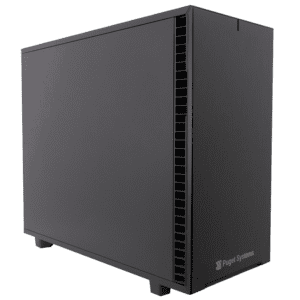One of the services we offer here at Puget Systems, aimed at high-end gamers and enthusiasts, is overclocking. It is a practice that has been around for quite some time which involves pushing the processor in a computer beyond its rated clock speed. This can provide an additional performance boost without the need to spend more money on a faster processor, though there are some trade-offs involved: additional heat and stress above and beyond what the CPU may have been designed to handle.
Gaming Performance with Dual Monitors
Many of the computers we sell here at Puget Systems will be used for playing games, and we also get a lot of folks wanting to run two (or more) monitors. Sometimes those goals intersect, and in those situations I have had people ask if they needed to get a second video card so that using additional monitors will not impact their performance for gaming. I myself use two monitors here at work, which has been a great improvement in usability, but I don’t play games in the office. Because of that I’ve had to fall back on anecdotal evidence when this topic comes up, and make educated guesses depending on individual scenarios. Rather than continue in that approach, though, I wanted to get hard numbers to support my advice.
PCI-Express Performance and the NVIDIA Warning
Puget Systems has been in the business of building computers for 11 years now, and we know what we are doing when it comes to assembling top-notch custom computers. It is a bit insulting, then, when a parts manufacturer puts out a warning which appears – on the surface – to indicate something we do is resulting in anything other than the highest performance possible. Yet here I am, to let you know about just such a notice that nVidia’s latest driver software is giving when using their graphics cards in certain configurations.
